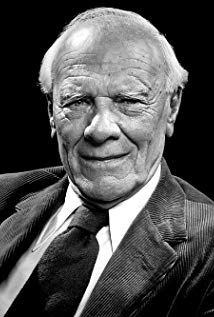Jesus The Man Who Lives
The coming of Jesus into the world is the most stupendous event in human history. . . . As it is, belonging to a civilization which began with the birth of Jesus some two thousand years ago, and reaching the conclusion—to me inescapable—that whatever is truly admirable in the achievements of the succeeding centuries, in art and literature, in music and architecture, in the quest for knowledge and in the pursuit of justice and brotherliness in human relations, derives from that same event, I cannot but see it as towering sublimely above all others. . . .
The story of how Jesus came into the world, what [H]e said and did there, and how [H]e left the world while still remaining in it, has, it is safe to say, been more told, mulled over, analysed and expounded and illustrated, than any other in human history. . . .
. . . We whose language is English may rejoice that in our Authorized Version we have a translation of incomparable artistry and luminosity; but in whatever language or version, it is the words of the Gospels as they have come down to us . . . which have inspired many of the noblest lives and much of the greatest art and literature and music and architecture of our civilization. . . . It is on behalf of these words that majestic buildings . . . have been constructed. . . . To the greater glory of these words Bach composed, El Greco painted, St. Augustine laboured at his City of God . . . in them a Bunyan found his inspiration. . . .
. . . The dogmatism of science has become a new orthodoxy . . . to the point that to believe today in a miraculous happening like the Virgin Birth is to appear a kind of imbecile, whereas to disbelieve in an unproven and unprovable scientific proposition like the Theory of Evolution . . . is to stand . . . an enemy of progress and enlightenment. . . .
. . . God’s alternative proposition is the Resurrection . . . I close . . . joining in the joyous shout that has echoed through the Christian centuries: ‘Christ is risen!’
-Malcolm Muggeridge
Jesus: The Man Who Lives
(pp. 7, 8, 9, 20, 191)


